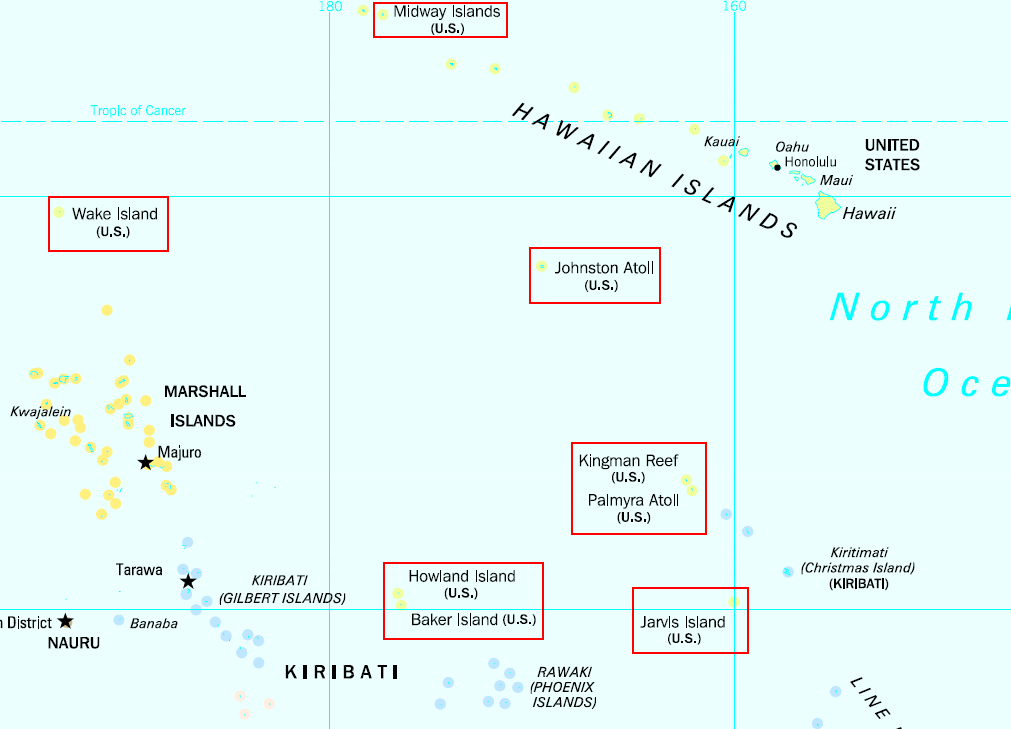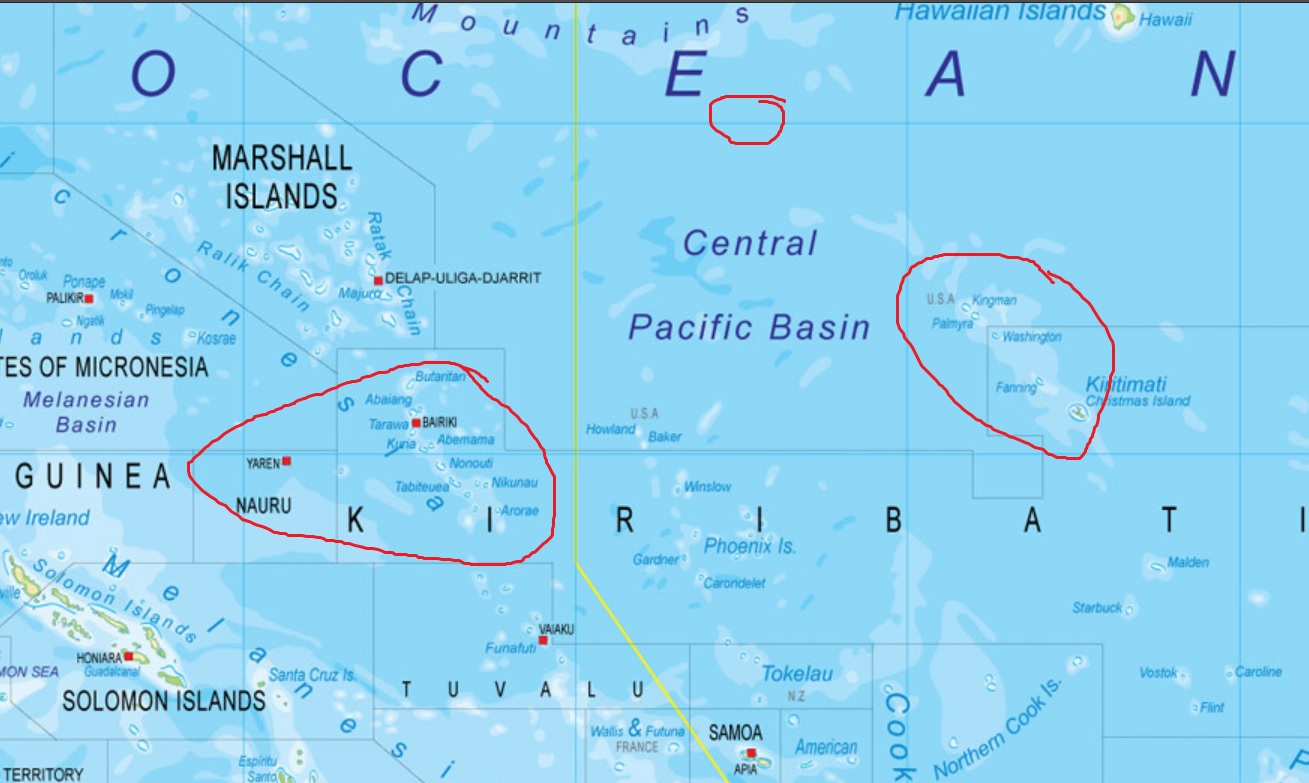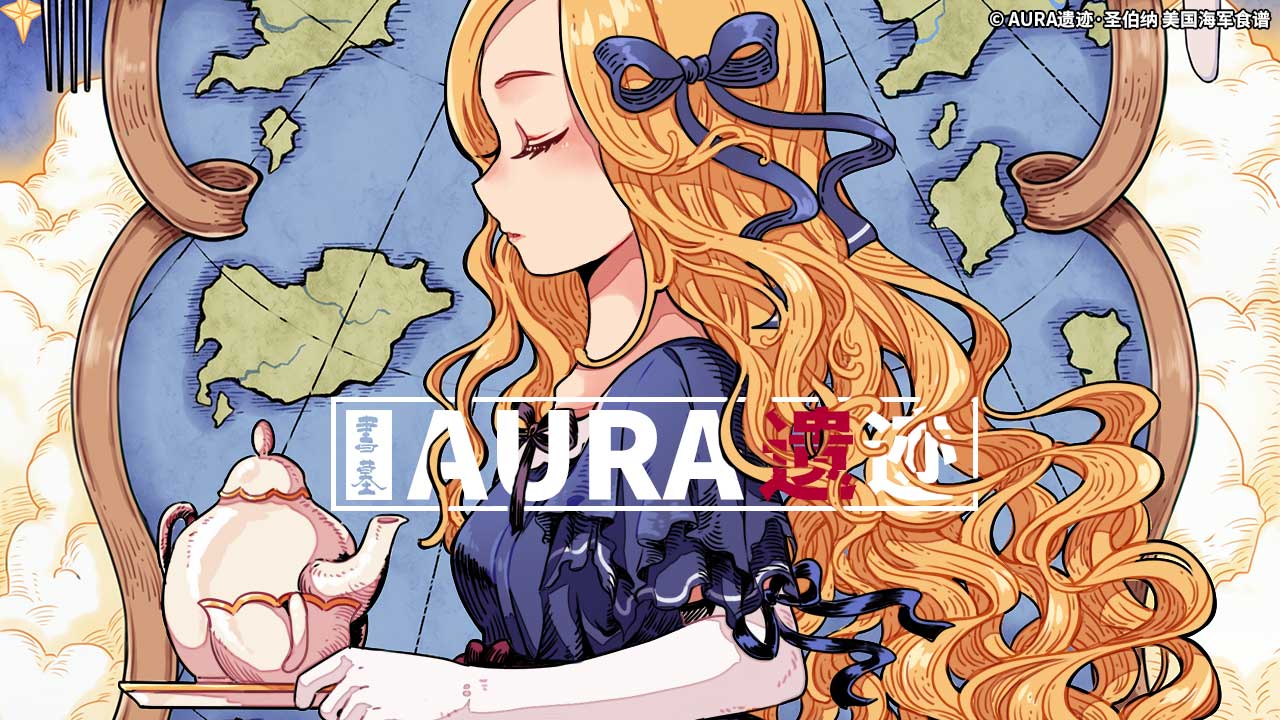Today’s piece is actually an answer to a reader’s question from a few months ago, but I thought it’s probably better saved to answer in-depth.
What was the significance of the Gilbert Marshalls raid? I tried looking this up, but it seems that it didn’t do anything of value against the Japanese. No ships were sunk. No land was taken. Was it important if Wikipedia only had a very small section on it?
I’m glad you asked. In short, you are correct that the raid had little discernible effect on Japanese operations. However, its impact at home was far more profound. It was not only a significant morale booster for the general public, but the raid successfully demonstrated to Admiral King and Nimitz about what sort of missions we can carry out, and fed directly into the strategy we had in dealing with the Pacific campaign.
In other words, if the Pacific War is a chess game, then the Marshalls-Gilberts (or Marshall and Gilbert Islands raid) raid represents the movement of a pawn. By itself, the pawn did nothing. However, the game cannot progress without many such smaller moves.
Basically, let’s recap what’s happened in early 1942. US Asiatic Fleet is fleeing into the Java Sea. The Japanese took Hong Kong, is in the process is taking the whole Philippines, and are moving onto Singapore and Java. Already Japanese planes attack Ocean and Nauru, Japanese submarines shell Johnston, Midway, and Palmyra, and the British Gilberts (Kiribati) sees troop movements.
Here’s a map. Look at where all these islands are. In what direction does the Japanese seem to be going?

Here’s another map, but blown up slightly.

If you answer was “Hawaii,” you are not wrong, but that’s not the immediate goal (at least based on what American observers can tell). Notice how taking that chain of islands basically allows the Japanese to block any reinforcements from the North, and you’ll see what we’re getting at.
Yup. They’re aiming for Australia. Post-war analysis shows that we had correctly guessed that the Japanese planned (at least at this moment) an attack on American Samoa. Taking Samoa would give the Japanese a very good base of operations in which they can strike not only at Hawaii, but they can also cut off Australia from the war effort. It will also give Japanese planes and submarines an unprecedented ability to cut off any shipping or reinforcements to Australia.
So, what does Admiral King do? First order of business. Protect what territories we have on hand. Yorktown was sent to escort some 5,000 marines to Samoa to fortify the position. All available Pacific fleet units were more or less ordered on escort duty to protect shipping between Hawaii and the US main land.
Second order of business, and the more important one? Hit back. You don’t win wars by defending. King knew that. The order he gave to Nimitz was along the lines of “let me know what carriers you have that we can use for this task.”
Nimitz’s response? “I’ve got three carrier task forces. Leary’s Saratoga force, Brown’s Lexington force, and Halsey’s Enterprise force. Jack Fletcher with Yorktown is on the way escorting the marines.”
King’s thinking was twofold. The first is a long shot. If we attack somewhere on the islands, it might pull some Japanese fleet units out of the Java-Singapore rampage. Might even slow them down a bit. If not, well. If we can pull this one off successfully, it’ll be a good morale booster for people at home.
As you and I now know, King got the latter. The Japanese were too crafty to fall for the former.
The actual war planning was kind of interesting, though. We (particularly Admiral Pye) thought the Japanese might try to interdict the reinforcement, and the original plan was to send a second carrier down to support Yorktown just in case the Japanese launched a surprise attack. If no Japanese attack came, then Yorktown + one other carrier would take the lead to hit the Gilbert-Marshalls islands.
This leaves us with two carrier forces. Pye thinks we can send one off to distract the Japanese by hitting them at Wake. A second one can be kept in Pearl Harbor in case of any surprise attacks (again) or to reinforce as needed.
This plan sounds sensible, right? Well, many commanders were against it. The chief arguments made is that carrier-based attacks are likely impossible to succeed without the element of surprise. Critics, such as Claude Bloch (who was the previous Sink-us – er, Commander in Chief, US Fleet just two years ago), argued that the Japanese would be well prepared for such an attack, and given that they’ve successfully carried out Pearl Harbor, they’ve obviously prepared for any potential surprise attacks that could be carried out.
Bloch had a second argument that was more potent. They can’t risk the Pacific Fleet carriers. If Nimitz loses the carriers then Japan will overrun the entire Pacific. They were quite literally the last forces we had that could be mobile enough to answer any threats. His third argument was that Nimitz lacked the experience and the judgment to run the war. After all, Bloch just saw one junior admiral – Kimmel – raised to the position Nimitz holds now.
What happened? Pearl Harbor happened. A reminder that while we might think battleships are lol not useful, the loss of the entire battle force basically shocked us badly and put a very large dent on our warmaking capabilities.
I hope you can understand Bloch’s perspective. Here was another new guy, taking a pretty risky move. Why would this even be a good idea?
Nimitz, of course, had his reasons. Nimitz had studied the area extensively and talked to a lot of people. He had an eye for innovation and always had time to entertain new ideas. He correctly deduced that the Japanese likely had no significant naval assets in the area, and if they pulled this off right the Japanese would not be able to respond in any significant manner. This was, in short, a rare opportunity to score an opening hit.
Bloch wouldn’t budge. What’s more, most of the aviation officers agreed with Bloch for reasons as above. It took – quite literally – Halsey coming into the meeting and telling everyone to FUCK OFF (Halsey was well known for being a prolific user of profanity even in meetings like these) and STOP BEING UNAMERICAN WITH THAT DEFEATISM NONSENSE to finally push people into supporting the raid.
Five days later on the 11th, Nimitz sent Halsey out with Enterprise to Samoa.
Interestingly enough, the raid almost didn’t go through because Saratoga got torpedo’d on the same day. There was significant pressure for Nimitz to recall Enterprise now and defend Pearl Harbor, since the last time we heard about the Kidou Butai was that they left Japan on the 6th. So, it could be anywhere.
Nimitz, however, stuck to his original decision. You have to understand, command decisions aren’t easy. It never is. Originally he had planned to send Lexington out to attack Wake, but the only fleet oiler he had was sunk by a Japanese submarine on the 23rd, and so the Wake attack had to be cancelled.
At this point, you might be asking yourself, why is Nimitz being so risky? Wasn’t the original plan to have a diversionary attack on Wake so that the Marshall and Gilberts raids can go more smoothly?
Yes, but remember, Nimitz ended up being correct for a good reason. Thanks to SUBMARINE SCOUTING (emphasis mine, in all caps) Nimitz knew that the Marshall and Gilbert Islands were not only comparatively lightly defended, but they were largely disorganized. What’s more, the submarine force found out that the Kidou Butai was at New Britain helping the army take Rabaul.
Halsey, then, was in the clear. He wasted no time in launching the actual attack. At the time of the raid, Halsey reported the following list of damages:
- Two submarines
- one small carrier
- one cruiser of some sort
- eight small ships
- many ships damaged
- many installations and fortifications damaged
All for the reasonable price of thirteen planes lost, one hit on Chester, and slight scratches on Enterprise.
We would later know that this wouldn’t be the case. Halsey’s actual score was one transport, two small ships, up to eight other ships damaged, and moderate damage to fortifications.
The press, however, was jubilant. I don’t think I can legally post copies of newspapers (you can search for them on various university archives if you have subscriptions), but look around Feb. 2-3 and you’ll find a lot of hilarious headlines. My favorite is probably PEARL HARBOR AVENGED (not quite, and won’t be for a long time), but it really shows the massive boost to morale the raid accomplished.
What’s more, successfully carrying this raid gave our commanders and troops valuable experience. From parsing intelligence to deducing opposing force intentions to actually carrying out the raid, we learned a lot from it. Most importantly our carriers obtained valuable operational experience, and as you’ll (hopefully) see in the future, this would to be the beginning of a series of battles that yes, eventually led to Midway.
Thanks for reading. Hope that was helpful.
PS. My primary sources here are largely from Nimitz’s collections that I’ve clipped as well as an autobiography of Halsey.
